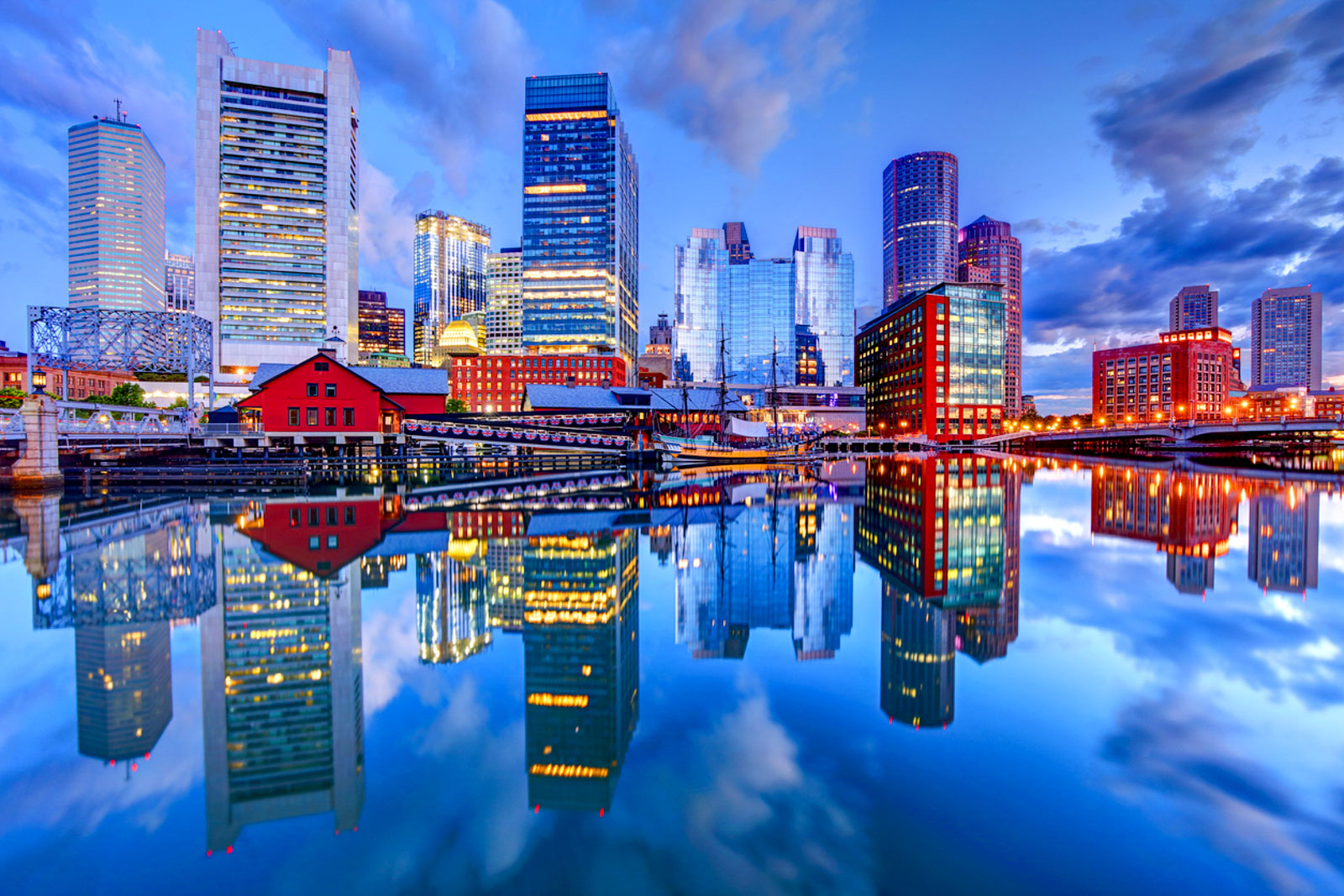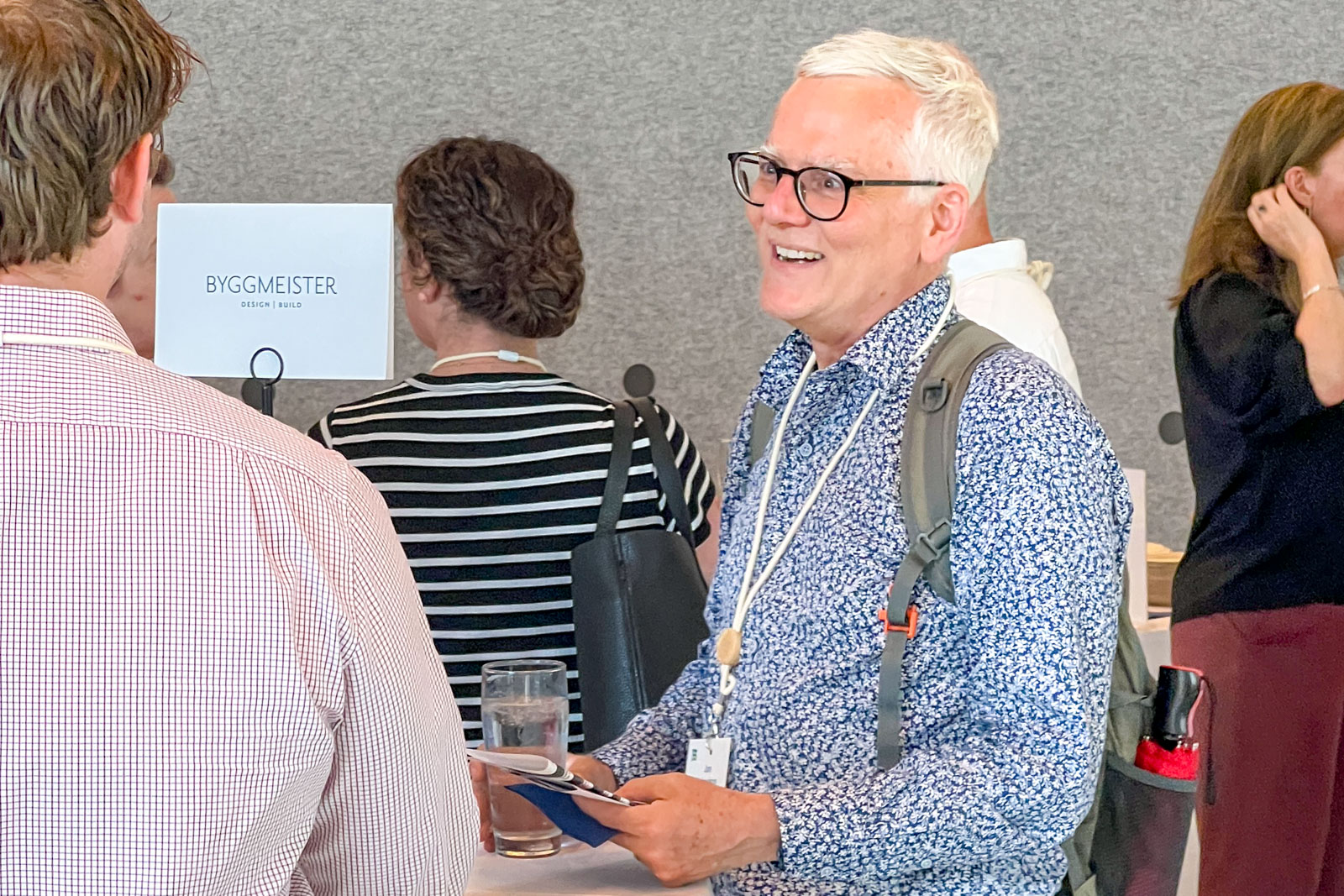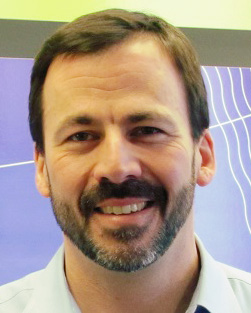
Massachusetts’ building industry looks very different today than it did 20 years ago. At the 2025 Building Tech Forum hosted by Built Environment Plus, I was struck by just how far we’ve come and what lessons other sectors might learn from our progress.
Today’s projects in the larger commercial new-build segment outshine older buildings with higher energy performance, less pollution, healthier indoor air quality, more efficient use of fresh water, lower carbon and less toxic supply chains, reduced impacts on stormwater systems, and the ability to generate and store some of their own renewable electricity.
Two Decades of Change
In other words, large new construction projects in the Commonwealth are better for people’s health, safer for communities, and more efficient to operate than they were two decades ago. That is what a high-performance building in Massachusetts looks like today.
So it’s particularly important to understand the forces that shaped this evolution, since the lessons learned over the past 20 years can help sectors where progress has been slower.
I’ve had the privilege of working within this market throughout this transition as a policymaker, market intervenor, entrepreneur, and as a supporter of high-performance building technology at both the municipal and state levels, observing its evolution from multiple perspectives.
Many players in the public, private, and nonprofit sectors have contributed to this progress. While exceptional individuals have shaped this market, a collective community culture, especially in the Greater Boston area, encourages continuous improvement, curiosity, measured risk taking, collaboration, and, importantly, intellectual honesty and integrity. That culture has accelerated progress more than any one person or institution.
Private-Sector Leadership Paved the Way & Policymakers Raised the Bar
The journey begins with private-sector leadership: a handful of exceptional, visionary institutions, building owners, and commercial real estate developers who saw an opportunity to create higher-performing buildings aligned with their own values and those of their most prominent tenants. These early adopters generated a splash. But the “green premium” -- the incremental up-front cost of high-performance construction, now largely vanished but previously a substantial barrier --would forestall wider adoption of high-performance approaches in the absence of broader market intervention.
Enter the U.S. Green Building Council in 1993. The organization’s voluntary, high- performance building standard, LEED, recognized and defined market excellence. It sent powerful signals to industry leaders and policymakers, shaping how opinion leaders thought, talked, and wrote about the built environment, meaning the places we live, work, and gather. The pace of market transformation had picked up modestly, but so too had emissions, negative climate impacts, and a new urgency to accelerate progress.
Policymakers at the state and municipal levels responded to that urgency with action– strengthening codes, integrating high-performance standards into zoning and project reviews, tying public funds to higher standards, and removing regulatory barriers that had prohibited integrated design in public construction. (The Massachusetts Legislature did not allow design/build in public construction until 2003.)
From Energy Use to Human Health
It’s not surprising that the same market-leading firms that pushed energy performance, often with public health advocates, also raised awareness about the impact of buildings on human health. We spend 80-90% of our time indoors. Alongside reducing pollution, leaders highlighted the need to address indoor air quality and healthy building materials, bringing much-needed attention to occupant health.
Later, as the importance of the electric grid in supporting economy-wide electrification and integrating large amounts of renewable energy became clear, market leaders again raised expectations. It was no longer enough for buildings to use less energy and support occupant health, they also needed to be grid-friendly.
What Sets This Sector Apart
This community continues to lead on the need to address climate challenges and embrace new solutions. Reducing embodied carbon, the pollution created to produce and deliver materials before a building even opens, once considered a luxury, has emerged as a mainstream concern..
So, what are the hallmarks of this and other nimble, innovative sectors?
The feedback loop between market leaders and innovators is strong. This community draws on deep, multidisciplinary expertise spanning engineering, human health, materials science, energy systems, environmental science, ecosystem health, etc. – this is unique to our region.
The design-build community’s embrace of the integrated design process signals an openness and propensity toward collaboration, cross-pollination and multidisciplinary thinking – fertile ground on which to incubate novel approaches to old challenges. And all along – critically – policymakers at the state and municipal levels have been part of this ecosystem, helping to maintain momentum by setting high bars, rewarding and recognizing leadership.
Throughout much of this evolution, Built Environment Plus has been at the center of this ecosystem, facilitating dialogue and education, highlighting best practices, connecting innovators with designers, engineers and builders, and pushing us toward healthier, safer buildings that current and future generations need and deserve.
I’m proud of MassCEC’s support for early-stage companies in the high-performance building space and for Built Environment Plus’s role in sustaining the health and impact of this community. Above all, I am thankful for the collaborative, innovative culture in our region that has kept Massachusetts at the forefront of high-performance building nationwide.
It’s because of this leadership that I’m optimistic about the road ahead and excited about the programs, projects, and organizations MassCEC supports which help maintain our collective momentum, our competitive edge, and our culture of innovation and continuous improvement.

Learn more about how MassCEC supports high-performance building across Massachusetts and stay tuned for some exciting announcements in the near future.
Galen Nelson serves as the Chief Climate Officer at the Massachusetts Clean Energy Center.
He joined MassCEC in 2011, previously serving as Chief Program Officer and Senior Director of Market Development. Prior to MassCEC, Galen held roles at the Boston Redevelopment Authority and the Green Roundtable.

